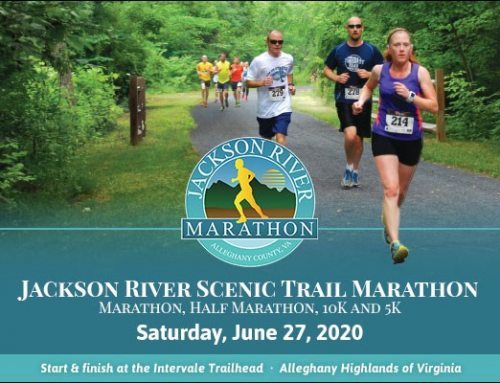
By Brian Schiff
Injuries and extended down time can be a curse for avid runners. Unfortunately, if you train long enough, it is likely that you will experience both. Common agents of bodily harm include stress fractures, tendonitis, muscle strains, arthritis, back pain, and even surgery, to name a few.
While pain and dismantled training plans are commonplace, the real challenge is knowing when and how to safely resume training again. Physicians often rely upon X-rays, bone scans, and MRI findings to help guide decision making. However, beyond clinical testing, runners need guidance restoring confidence and making it back to full training again without getting sidetracked by re-injury.
In my experience, runners are stubborn, tough, and reluctant to admit they are having enough pain to warrant modifying their runs. Sound familiar? They fear not running more than injury itself, so getting the truth with respect to how their body really feels can be elusive. In the end, one factor is more important than any other. That factor is pain.
Many of the runners I treat have unrealistic views or assessments of their pain levels. While pain is subjective, I believe most runners train through pain. For distance runners routinely logging 20 or more miles per week, injury risk will certainly be higher based on mileage and exposure alone. If you are trying to make it back from an injury, I suggest using my “threshold training” approach.
This method involves pushing the body through training to the edge of acceptable pain while carefully evaluating tissue response and grading the progression, intensity, and volume of programming solely based on this response. Keep in mind that your body has a natural resting state where it is in balance. This optimal state can be thought of as homeostasis. Getting back here after an injury is a tricky business.
Learning to predictably and strategically increase the body’s threshold (tolerance to impact loading) through safe and effective training is the secret to fending off re-injury and running pain-free well into the future. Below are my key suggestions for doing just that as you recover from an injury:
- Journal your pain. This means documenting pain at rest, pain during activity, and pain after activity. Classify it on a scale, with 0 being no pain and 10 being the worst pain imaginable.
- Grade the body’s pain response to new activity. Essentially you must measure how much (if any) pain is present with running. On the same scale, pain should never exceed a 4/10. Generally 1-4/10 can be classified as soreness, whereas 5/10 denotes moderate pain and generally is a precursor to mechanical failure leading to compensatory motion and poor mechanics. If pain meets or exceeds a 5/10, you must back off or cease running.
- Observe the 24-hour recovery rule. Simply put this means any increased soreness beyond the initial baseline should return back to baseline within 24 hours. If pain lingers beyond this window it means the body did not adequately absorb the stress of the specific running distance or intensity. In this case, reducing the intensity and/or volume of running would be indicated in the next run, as well as considering longer rest.
It is essential to consider incorporating single-leg strength training and plyometric (jump) training when appropriate in the rehab process to best prepare the body to resume running. These exercises help assess and improve limb strength and resolve strength and power deficits while gradually adding good stress to the healing tissue.
In the end, you must learn to listen to your body. Identifying the early warning signs of trouble will save you from longer layoffs and more serious injuries. Following my threshold training approach will enable you to safely and effectively gauge your training plan and implement adequate recovery to ensure you do not miss your next event.
# # #
Brian Schiff, PT, CSCS is a sports physical therapist and supervisor at the Athletic Performance Center in Raleigh. The APC in Raleigh and Cary currently offer a RunSmart Assessment available in group and individual formats. For more information, visit www.apcraleigh.com or www.apccary.com.






